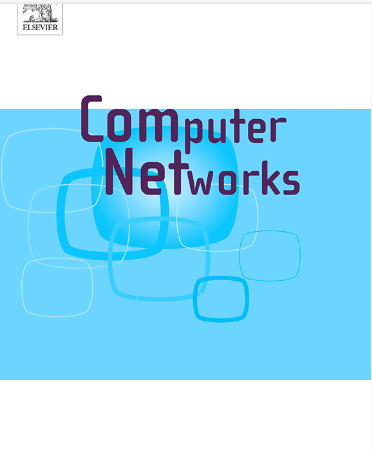Computer network optimization using the power metric for multiple flows: Part I
IF 4.4
2区 计算机科学
Q1 COMPUTER SCIENCE, HARDWARE & ARCHITECTURE
引用次数: 0
Abstract
With the rapid expansion of networks and increasing traffic, optimizing network performance has become increasingly important, especially in balancing two competing objectives: increasing throughput and decreasing delay. This paper adopts the Power metric to address this tradeoff, extending the analysis to a general multi-flow model and examining the influence of different queueing disciplines. We introduce three forms of power metrics–individual power, sum of powers, and average power–to capture performance in a multi-flow context. Individual power optimizes each flow’s end-to-end performance, while sum of powers and average power provide a system-wide perspective. These three power metrics are analyzed and optimized under an M/M/1 queueing systems setting, considering two extreme flow discrimination priority disciplines–First-Come, First-Served (FCFS) and Head-of-Line (HOL)–to capture their discriminatory effect on response time while maintaining power optimization. This work is a first step in examining the tradeoff of throughput and delay in queueing systems from various perspectives and across different priority group disciplines. The optimization results aim to provide theoretical insights and guidance for system designers in performance optimization.
求助全文
约1分钟内获得全文
求助全文
来源期刊

Computer Networks
工程技术-电信学
CiteScore
10.80
自引率
3.60%
发文量
434
审稿时长
8.6 months
期刊介绍:
Computer Networks is an international, archival journal providing a publication vehicle for complete coverage of all topics of interest to those involved in the computer communications networking area. The audience includes researchers, managers and operators of networks as well as designers and implementors. The Editorial Board will consider any material for publication that is of interest to those groups.
 求助内容:
求助内容: 应助结果提醒方式:
应助结果提醒方式:


